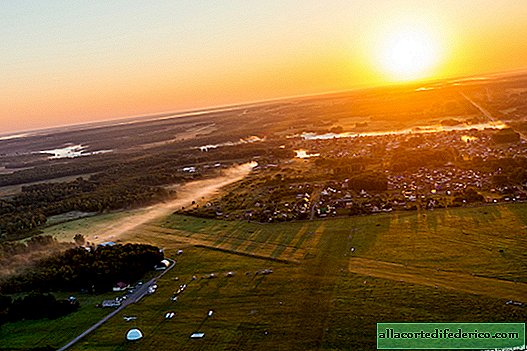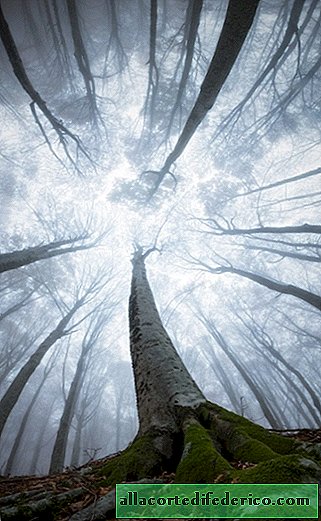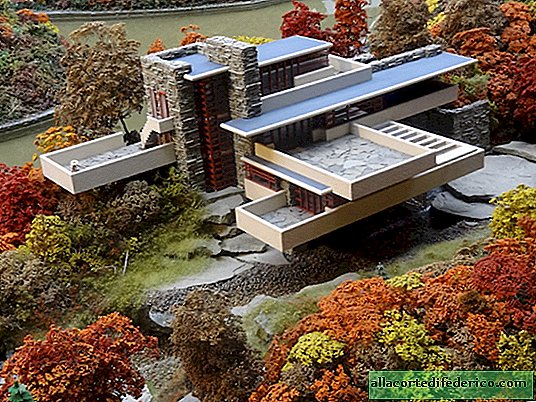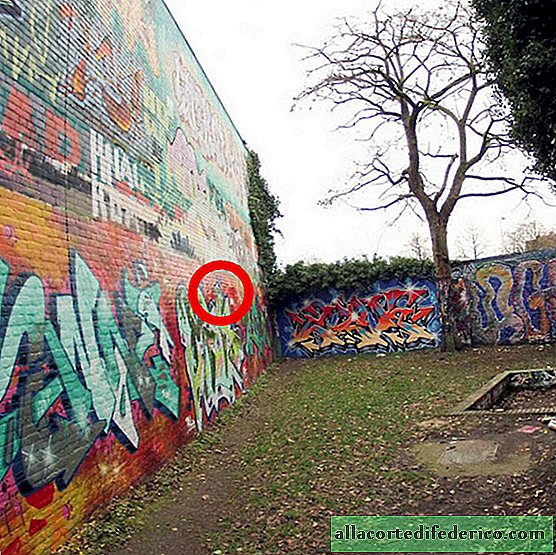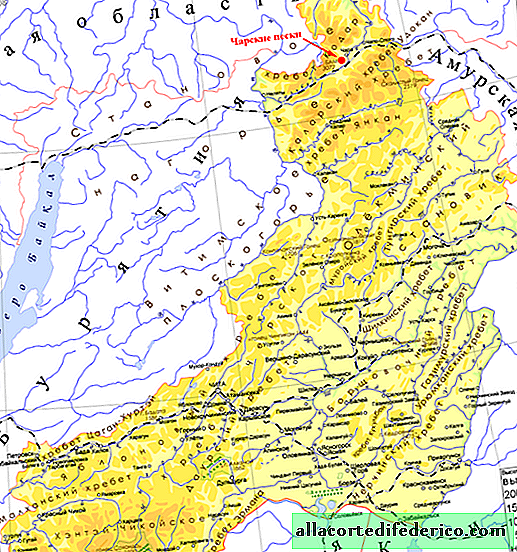Global warming is noticeable even in Siberia: Altai glaciers are rapidly retreating
Altai is the largest center of modern glaciation in Russia. There are more than 1000 glaciers, some of which are often visited by tourists, making long crossings through passes or conquering Belukha. But climate warming is noticeable not only in the melting of polar ice caps and an increase in the level of the World Ocean, but also in a decrease in the area of continental glaciation. One of those places where you can clearly trace the climatic changes of the last century is Altai.
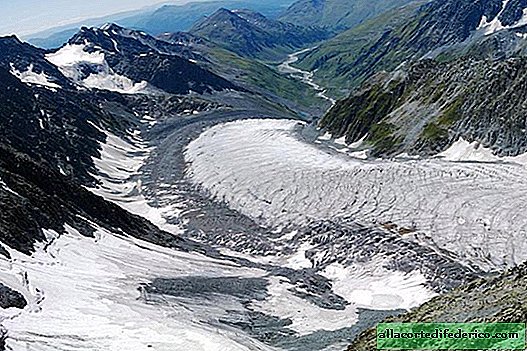 Katunsky Glacier (Gebler)
Katunsky Glacier (Gebler)Altai is a large mountain system in Asia, which is located at the junction of four countries: Russia, Kazakhstan, China and Mongolia. The harsh continental climate and the significant absolute height of mountain peaks and ridges (2000 - 4500 meters) led to the presence of several large centers of modern glaciation. In Altai, you can find almost all types of glaciers known to modern science, from small caravan to large valley glaciers, with a length of 7-10 kilometers.
 Aktru Glacier
Aktru GlacierAltai glaciers are part of the global water cycle on our planet, and, of course, global warming is affecting their state. Geographers have been constantly monitoring large Altai glaciers since the mid-19th century, and throughout this time, experts have noted the retreat of glaciers and a reduction in their total area.
 Akkem Glacier
Akkem GlacierGlaciers retreat not only because of more intense melting in the summer, but also because of a general decrease in precipitation (which is especially noticeable in the southern parts of Altai), as well as because of increased levels of air pollution. Polluting particles settle on the surface of glaciers, reducing their reflectivity and thereby causing more intense melting of the ice. Experts note that large glaciers suffer most of all, which during the observation period retreated higher into the mountains by 1-2.7 kilometers.
 Aktru glacier edge in summer
Aktru glacier edge in summerGlaciers of the southern exposure, as well as glaciers located in the south of the Altai Mountains, are most affected. So, for example, over the past 60 years, the area of glaciers in the territory of Kazakhstan Altai has decreased by 46.5%. On the territory of the Russian Altai, things are not so sad, but significant changes are noticeable here.
 A grotto in the lower part of the Akkem glacier, from where meltwater flows in the summer
A grotto in the lower part of the Akkem glacier, from where meltwater flows in the summerMount Belukha is the highest point of the Altai Mountains, which has a height of 4 509 meters. It is also the largest center of glaciation in the region: on the mountain slopes and in the adjacent valleys, there are more than 150 glaciers of various sizes. The Big and Small Berelsky glaciers, descending from the slopes of Belukha Mountain, retreat faster than all their neighbors. This is clearly visible in photographs taken at the end of the 19th century and at the beginning of the 21st century. According to measurements, even over 44 years (from 1968 to 2012), the area of the Bolshoi Berelsky glacier decreased from 7.52 square meters. km to 6.18 square meters. km, that is, the glacier lost almost 18% of its area in less than half a century.
 Berelsky glacier at the foot of Belukha, photograph of the end of the XIX century
Berelsky glacier at the foot of Belukha, photograph of the end of the XIX century  Berelsky glacier retreated higher into the mountains, a photograph of the beginning of the XXI century
Berelsky glacier retreated higher into the mountains, a photograph of the beginning of the XXI centuryAltai glaciers are the largest storage of fresh water, which are gradually drying up. But this is only a reflection of the global changes that are happening on our planet in recent times.
 Mount Belukha and Lake Akkem
Mount Belukha and Lake Akkem

